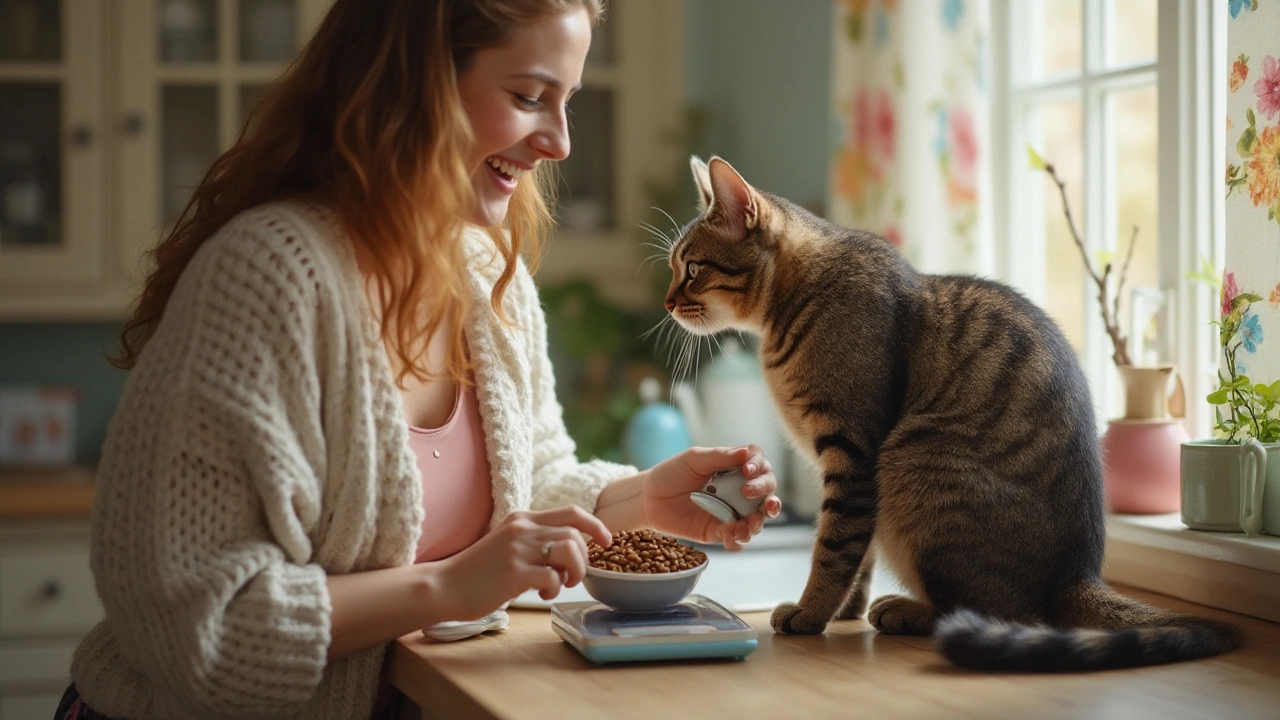Feeding Guidelines for Dogs: Easy Tips You Can Use Today
Wondering how much and how often to feed your dog? You’re not alone. Many owners guess, but a simple plan can make a big difference. Below are quick, vet‑approved guidelines that work for most breeds and ages.
How Often Should You Feed Your Dog?
Adult dogs usually do well on two meals a day – one in the morning and one in the evening. Puppies need more frequent meals because their tummies are smaller. Most vets recommend three to four meals a day until the puppy is about six months old. Once they hit adulthood, switch to the twice‑daily routine.
Consistency is key. Try to feed at the same times each day so your dog knows when to expect food. This helps with digestion and can curb begging behavior.
Portion Sizes and What to Look For
Portion size depends on weight, activity level, and the calorie count of the food you choose. A good rule of thumb is 2‑3% of your dog’s body weight in food per day. For a 20‑pound dog, that’s roughly 0.4‑0.6 pounds of kibble spread over two meals.
Read the label on your dog’s kibble or consult the feeding chart on the package. If you’re feeding fresh or homemade meals, aim for 25‑30 calories per pound of body weight for a moderately active dog.
Don’t forget to factor in treats. A treat should be no more than 10% of daily calories. Choosing healthy treats, like our Galloway Gourmet bites, gives extra flavor without overloading calories.
Watch your dog’s body condition. You should be able to feel (but not see) the ribs with a light fingertip. If the waist looks bulky, cut back a bit. If it’s too thin, add a little more food.
Hydration matters too. Fresh water should be available at all times, especially if you feed dry kibble.
Changing food? Do it gradually over a week – mix a little of the new food with the old, then increase the new portion each day. Sudden switches can upset the stomach.
Finally, keep a feeding log for a few weeks. Jot down meal times, portions, and any changes in weight or energy. This simple record helps you spot trends and adjust quickly.
With these feeding guidelines, you’ll give your dog a balanced diet that supports growth, energy, and a shiny coat. Stick to a routine, watch portions, and choose quality snacks – your dog will thank you with wagging tails and happy health.

Optimal Wet Cat Food Portions: Daily Guidelines for Healthy Cats
Feeding your cat the right amount of wet food is crucial for their health and happiness. Determining the appropriate portion size involves considering your cat's age, size, and activity level. This article explores expert recommendations, examines the benefits of wet food, and offers practical tips for measuring portions effectively. By understanding your feline friend's dietary needs, you can ensure a balanced meal plan that supports their well-being.
View more